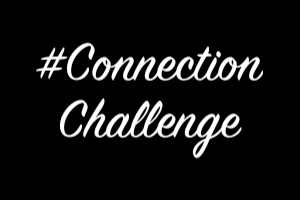
Want to participate in your own #DisconnectionChallenge? Follow the link here for our #DC Lesson Plans!
The COVID-19 pandemic has accelerated the creation of a new socio-technical environment around the world. Lockdowns of varying degrees of severity are sequestering people into limited social bubbles, swathes of the population are working remotely, many students are attending classes online, and social isolation and the resulting impact on mental health has been an increasing worry for many. Some families have never spent so much time together in one location, and others are on the opposite end of the spectrum, not seeing each other in person, but only on screen or through windows.
In the midst of the first lockdowns in Canada in 2020, one group of young people in Kingston wanted to explore the nature of this new socio-technical reality, specifically, the ways in which a reliance on technology and networked devices for communication and socialization effected their sense of connection to themselves and others.
Three years ago, this same group of young people worked with Brock University’s Valerie Michaelson and University of Ottawa’s Valerie Steeves to create the #DisconnectionChallenge – a two-week project that explored how media use effected their relationships and sense of connection to themselves, friends, families, and nature. Starting with the creation of a week-long media diary, participants undertook a week-long media fast to explore what kinds of media they ingested, and to explore their experiences with disconnecting from that media for a week. In February 2020, with the support of the Alberta Teacher’s Association, it was scaled up across the province, with over 11,000 participants.
In this new project – the #ConnectionChallenge – the group wanted to investigate the challenges of maintaining meaningful connections with friends and family via solely digital means after the closure of schools, universities, and workplaces across Canada. Not only does this project focus on the maintenance of close relationships, it also highlights the everyday instances of human connection that are often undervalued or overlooked, such as simply being in a public space surrounded by strangers and the background noise of modern society.
